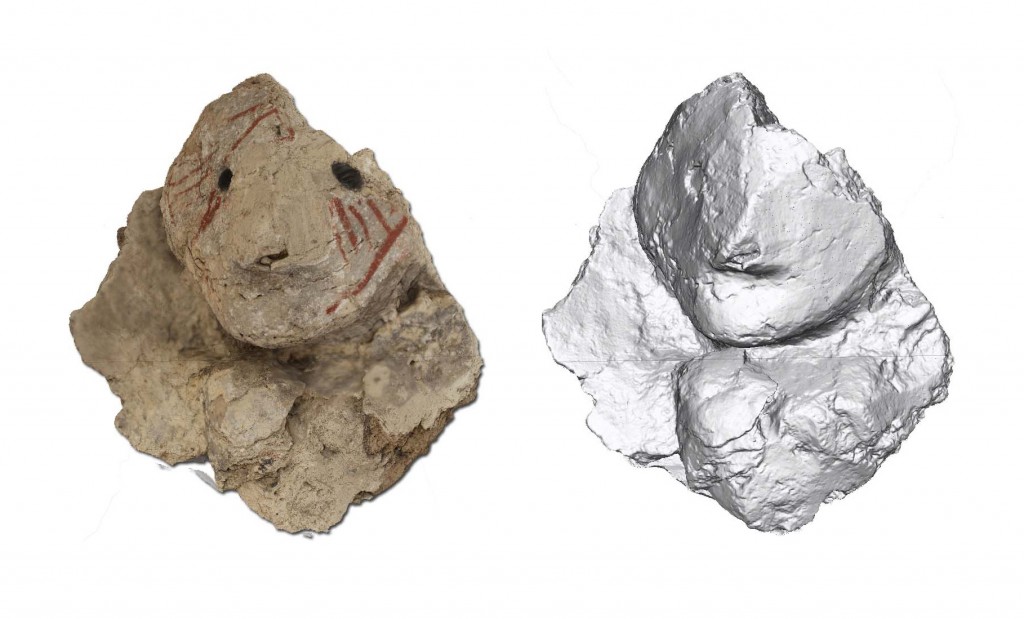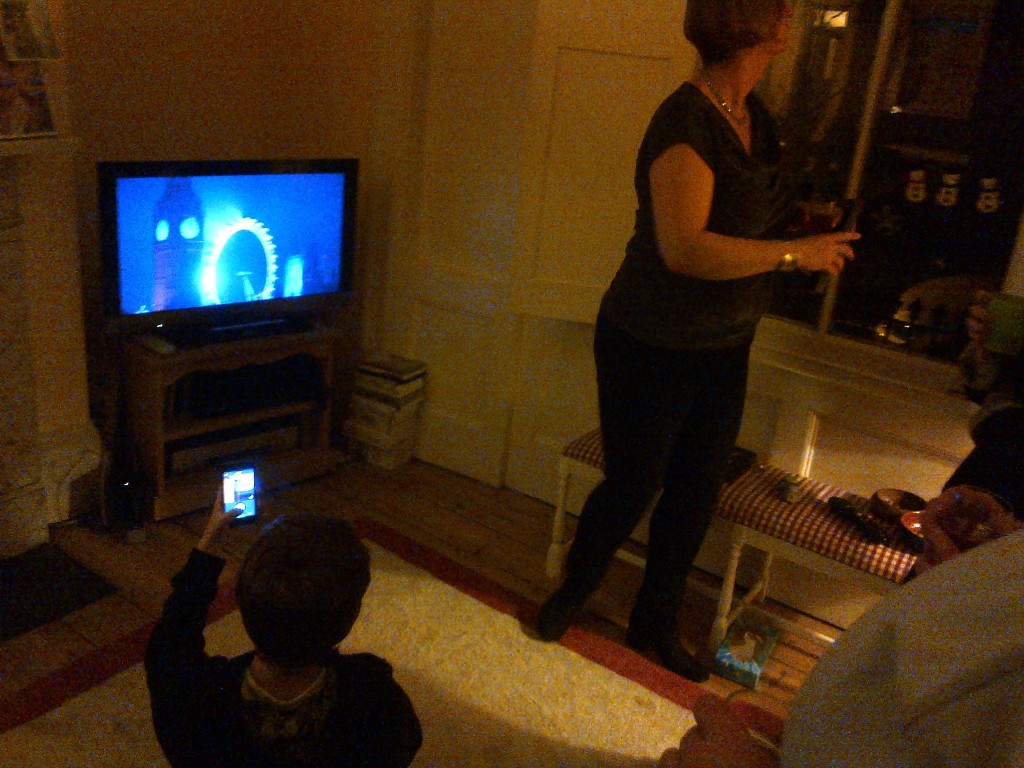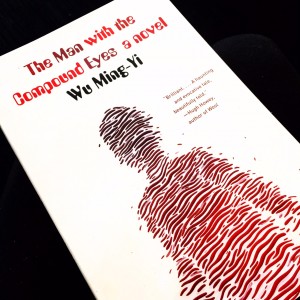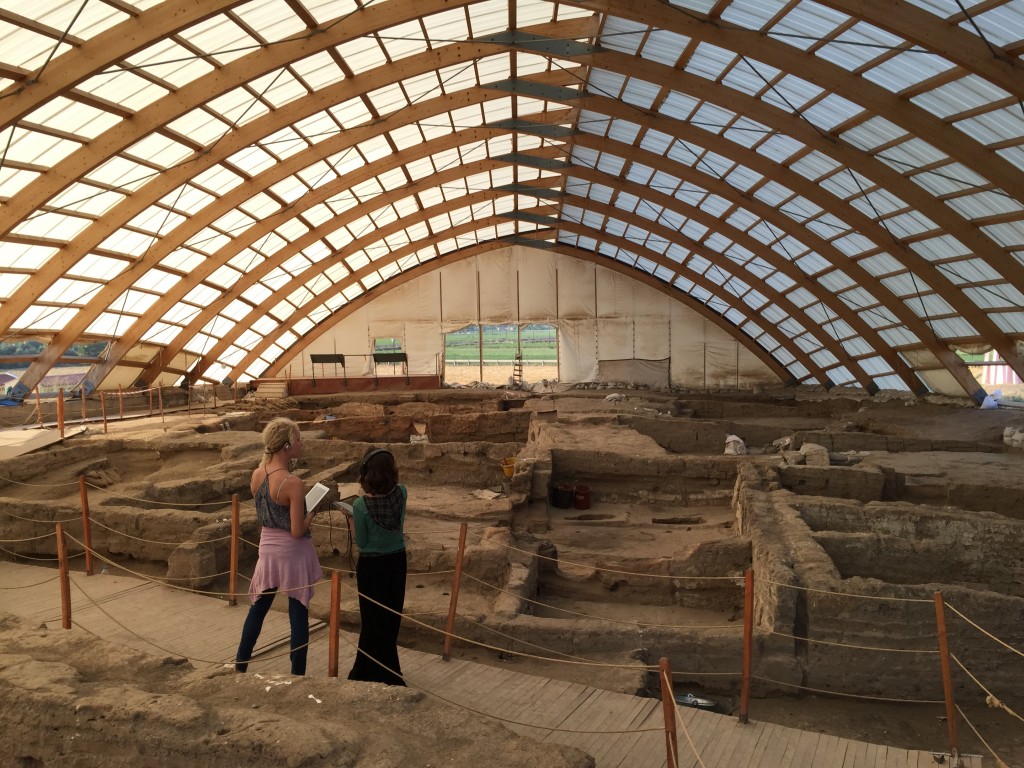[Savage Minds welcomes guest blogger Deepa S. Reddy]
For a few years now, I’ve been working in the space of future imagining—seeking out trends and rationales by which to extrapolate them or use them as jumping-off points as provocations to business, taking inspiration from start-up tech’s drive to search out uncommon solutions to common problems, setting sights on far-off horizons, and generally learning to ask “what if” and wish “if I could..” with impunity.
At first, I found all this quite strange. Wasn’t it more important to be grounded in the present, and to tease out the histories that had produced our presents—and, at most, could produce our foreseeable futures? This is what I had trained myself to do all these years anyway, and what I seemed still to be training my students to do. Contextualizing, explaining cultural forms or dynamics, tracking the social lives of things—this was work much more rooted in the present, with a strong sense of the past that informed and birthed it, than in any future-oriented approach. Of course, such approaches weren’t by themselves anything new. In some form or other, they have been mainstays of disciplines like economics, finance, design and planning, or the environmental sciences, not to speak of political, literary, and religious imaginings—but, far as I could tell, not anthropology. We might have looked to such imaginings as great research material, but only insofar as it led us right back into the configurations of the present. I thought back to the responses of a good many of my colleagues to the Future Studies program we’d once had at the University of Houston-Clear Lake, the first of its kind at the time: the future isn’t here, so how on earth could you study it? (For that and other reasons, the program folded eventually and moved in a fashion to UH’s main campus under the charge of Peter Bishop. It exists still as a graduate program in “Foresight”).
Past-ness mattered and was core to the sort of analysis we routinely undertook. It was, it still is, as Appadurai has said, in the closing essay to a collection of already-published papers entitled The future as cultural fact, that “[i]n one way or another, anthropology remains preoccupied with the logic of reproduction, the force of custom, the dynamics of memory, the persistence of habitus, the glacial movement of the everyday, and the cunning of tradition in the social life of even the most modern movements and communities, such as those of scientists, refugees, migrants, evangelists, and movie icons” (285). Continue reading →




